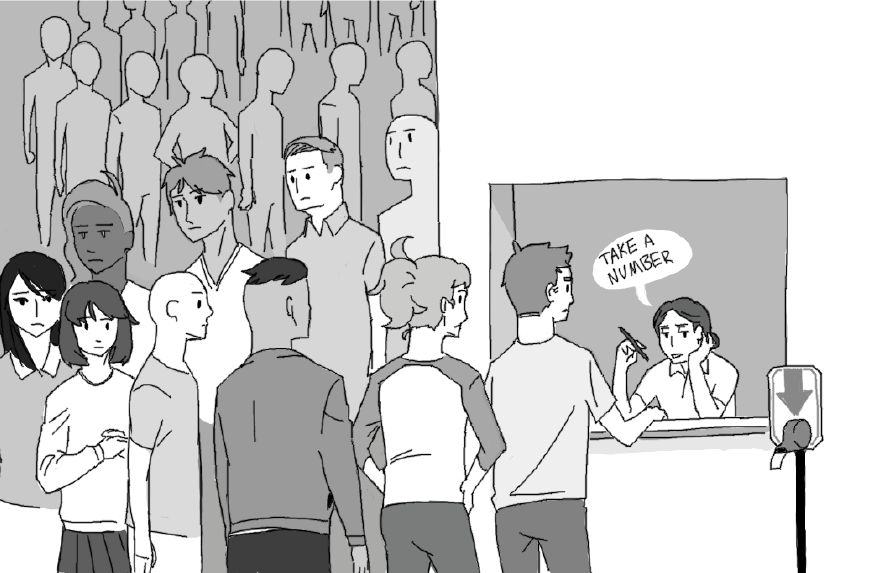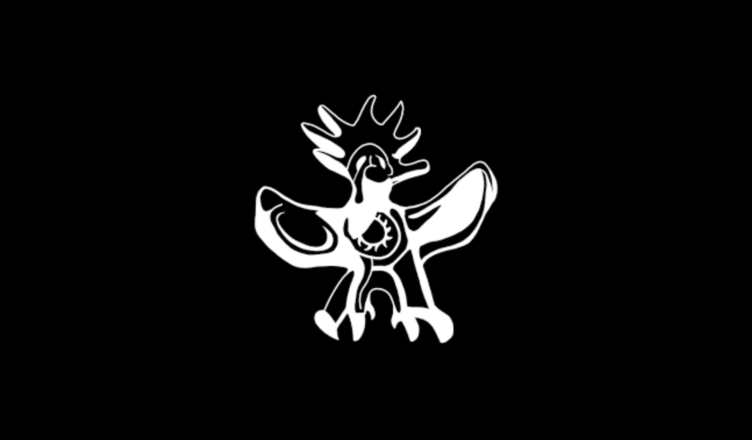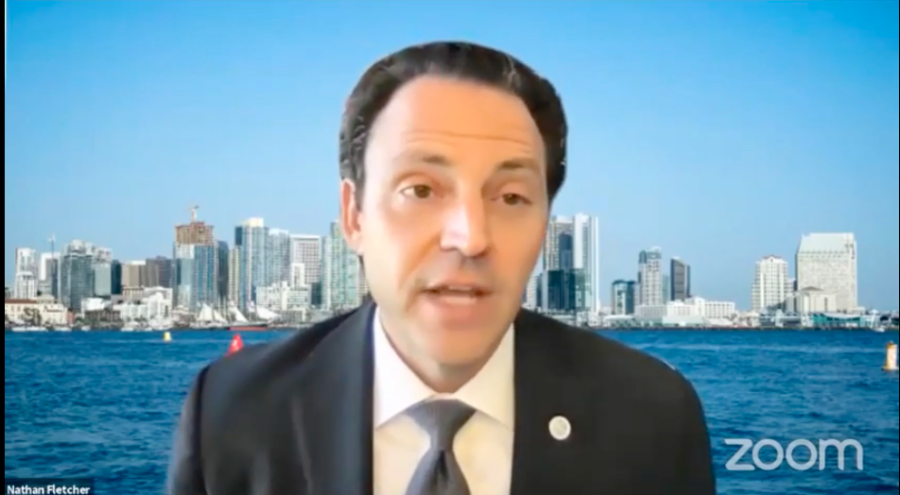High expectations, financial pressures and an overload of work give college students record-high amounts of stress. However, colleges can’t — or won’t — fund resources to handle the influx of suffering students. UCSD was given a C+ for Mental Health services by the University of California Student Association. Unlike classes where you do some extra credit assignments or pull a Hail Mary on the final, in order to improve this grade and better serve the UCSD community we need to seriously look at effectively treating mental health issue.
According to the American Psychological Association, 41.6 percent of polled college students reported feeling symptoms of anxiety and 36.4 percent reported symptoms of depression. However, the same survey found that at a large university such as UCSD, only 6 to 7 percent of students seek professional help. This might have something to do with the fact that the ratio of full-time Counseling and Psychological Services faculty to students is a staggering 1:1550. In the UCSA Mental Health Evaluations, UCSD scored the worst on the accessibility category with 13 out of 20 possible points. UCSA defined the judgement criteria for accessibility as “the ability to receive prompt care in a safe and comfortable environment.” UCSD failed the prompt part of that test.
It can take between three and four weeks to get an appointment with CAPS. It is discouraging at best and dangerous at worst for suffering, anxious students to be turned away or made to wait three weeks. This is unacceptable, both for students’ stress going ignored and for the stress on the overburdened CAPS staff. For most issues deemed long-term, CAPS will refer students to other providers for treatment and medication, but “short-term” issues such as school related anxiety are directly treated at CAPS. However, most problems have to go through CAPS for any treatment at all. Referring students to off-campus providers increases the time it takes to get treatment, but it is necessary for CAPS to function. For students who need medication, UCSD has only one full-time psychiatrist, and one part-time, according the CAPS website. It seems that CAPS doesn’t have the funding for any more. No matter the quality of CAPS staff members, they cannot handle the combined woes of 30,000 students.
For a frugal solution, CAPS should increase the amount of Student Health Advocates: peers who work with SHS to educate students on issues and services specific to mental health. Having more peer educators is a cheap way to spread outreach and make care more accessible while working to extinguish the stigma around depression, anxiety, post-traumatic stress disorder and other disorders.
In addition to Student Health Advocates, implementing a peer listening program could provide temporary relief to struggling students. A school-sponsored program could model itself after 7 Cups of Tea, a website which connects people who are struggling with depression or relationship problems to trained listeners. This gives people a chance to talk through problems without waiting to schedule an appointment. A UCSD-specific program like this would be invaluable for treating the mental health crisis with relatively little cost. There are therapy websites such as the one above, but a safe, confidential space that caters to the unique needs of the UCSD community would especially help struggling students.
A.S. Office of Student Advocacy offers another model that demonstrates how we could maintain confidentiality while effectively helping those in need. Other schools, such as University of Minnesota and dozens of high schools around the country, are training peers to help their friends. This also offers training and experience to those who are interested in working in mental health fields. Although they cannot give advice or referrals, peer listeners can help student through hard times when CAPS is not available.
Having more educated students could also help to eliminate the stigma surround “crazy” people. Although UCSD scored well on the outreach category, the stigma around mental health still remains. This is even more pertinent at UCSD because half of all UCSD students identify as Asian-American, a community which is disproportionately affected by mental health issues. The “model minority” myth helps hide the fact that, according to APA, suicide was the second-leading cause of death for Asian-Americans aged 15 to 34. In addition, according to research by Stanley Sue of UC Davis, Asian-American students are less likely to seek help than other racial groups. This tendency has many causes, such as family and academic pressure, but no matter the cause, this intersectional issue is largely ignored in outreach initiatives. Starting initiatives that target these specific problems could cater to issues specific to the UCSD community.
Of course, all the potential programs mentioned above require staff, resources and — more importantly — money. CAPS, which is free to all students, cannot operate effectively with the current level of funding. The Guardian Editorial Board joins the UCSA in urging the UC system to prioritize the mental health of the students, not just with words but with their wallets.












Harold A. Maio • Mar 3, 2016 at 11:43 am
—extinguish the stigma around depression, anxiety, post-traumatic stress disorder and other disorders.
How sad you have been trained to voice a “stigma”. Can you overcome the need?